Therapeutic Efficacy Observation on Combined Taijiquan and Auricular Point Sticking for Perimenopausal Insomnia
Xiangfu Street Community Health Service Center, Gongshu District, Hangzhou, Zhejiang Province, Hangzhou 310011, China
TUINA TECHNIQUE AND EXERCISE
Therapeutic Efficacy Observation on Combined Taijiquan and Auricular Point Sticking for Perimenopausal Insomnia
Li Si-hua, Zhu Chen-xi
Xiangfu Street Community Health Service Center, Gongshu District, Hangzhou, Zhejiang Province, Hangzhou 310011, China
Author: Li Si-hua, attending physician.
E-mail: fanwei0622@163.com
Objective: To observe the clinical effect of combined taijiquan exercise and auricular point sticking for perimenopausal insomnia.
Methods: A total of 170 cases who met the inclusion criteria were randomized into two groups, 85 in each group. Patients in the observation group practiced simplified taijiquan besides receiving auricular point sticking, while patients in the control group only received auricular point sticking. The therapeutic efficacies were evaluated after 8 weeks.
Results: The total effective rate in the observation group was 96.5%, versus 67.1% in the control group, showing a statistically significant difference (P<0.01).
Conclusion: Combined simplified taijiquan and auricular point sticking works accurately for perimenopausal insomnia, and the total effective rate is better than that of auricular point sticking alone.
Climacteric; Perimenopause; Insomnia; Tai Ji; Auricular Point Sticking
Insomnia is one of the main symptoms in perimenopausal women. In mild cases, patients may experience difficulty falling asleep or maintaining sound sleep. In severe cases, patients cannot sleep throughout the night[1]. Studies have suggested that in addition to anxiety and depression, chronic insomnia in perimenopausal women can further result in disorders of endocrine or immune systems and subsequent medical conditions that can severely affect their physical and mental health[2]. Currently, sleeping pills are often prescribed to insomnia patients. Despite their immediate effects, sleeping pills may cause dependence and cannot cure insomnia[3]. To explore a safe, convenient and effective non-drug therapy for perimenopausal insomnia, we treated this problem using combined taijiquan exercise and auricular point sticking between October 2012 and September 2013. The results are now summarized as follows.
1 Clinical Materials
1.1 Diagnostic criteria
The diagnostic criteria for perimenopause were based onObstetrics and Gynecology[4]. Perimenopause refers to the time period during which a woman's body makes its natural transition toward permanent infertility (from around 40 years old to 12 months after menopause).
The diagnostic criteria for insomnia were based on the 7th edition ofChinese Internal Medicine[5]: at least 3 times of sleep disorder a week that last for more than 2 weeks; daytime lassitude or symptoms such asdizziness, distension in the head, palpitations and restlessness; not associated with somatic or other mental disorders; the SPIEGEL score≥12.
1.2 Inclusion criteria
Those who met the above diagnostic criteria;signed the informed consent and agreed to participate in this study.
1.3 Exclusion criteria
Those who didn’t meet the above diagnostic criteria; having systemic diseases that affect sleep such as surgery, pain and coughing; having taken sleeping pills in the past week; having complications of severe conditions such as heart failure and respiratory failure; and having mental disorders.
1.4 Statistical method
The SPSS 17.0 version statistical software was used for statistical analysis, and Chi-square test for ratio comparison.
1.5 General data
A total of 170 cases from Xiangfu Street Community Health Service Center, Gongshu District, Hangzhou, were screened and randomized into two groups, 85 in each group. The 85 patients in the observation group practiced simplified taijiquan and received auricular point sticking, whereas 85 patients in the control group only received auricular point sticking. Patients in both groups were measured using the internationally recognized SPIEGEL scale[6](≥12 points).
Mild insomnia: SPIEGEL score ≥12 but <18.
Moderate insomnia: SPIEGEL score ≥18 but <24.
Severe insomnia: SPIEGEL score ≥24.
There were no between-group statistical differences in general data (P>0.05), showing that the two groups were comparable (Table 1).

Table 1. Between-group comparison on general data
2 Treatment Methods
2.1 Observation group
2.1.1 Simplified taijiquan
The patients were instructed to practice simplified 24-posture taijiquan (movements, key points and safety issues) by a professional taijiquan teacher. They practice in the community park, 45-60 min for each time, at least 5 times a week for 8 weeks.
The simplified form consists of 24 movements[7-8].
Commencing (Figure 1); part the wild horse’s mane (left and right),(Figure 2); a white crane shows its wings (Figure 3); brush knee and step forward (left and right), (Figure 4); playing the lute (Figure 5);reverse reeling forearm (left and right), (Figure 6);left-grasp the sparrow's tail (Figure 7); right-grasp the sparrow's tail (Figure 8); single whip (Figure 9); wave hands like clouds (Figure 10); single whip (Figure 11);high pat on horse (Figure 12); kick with the right foot (Figure 13); strike to ears with both fists (Figure 14);turn body and kick with the left heel (Figure 15); left lower body and then stand on one leg (Figure 16);right lower body and then stand on one leg (Figure 17); shuttle back and forth (left and right), (Figure 18);needle at the bottom of sea (Figure 19); fan through back (Figure 20); turn body, deflect, parry, and punch (Figure 21); appears closed (Figure 22); cross hands (Figure 23); closing (Figure 24).
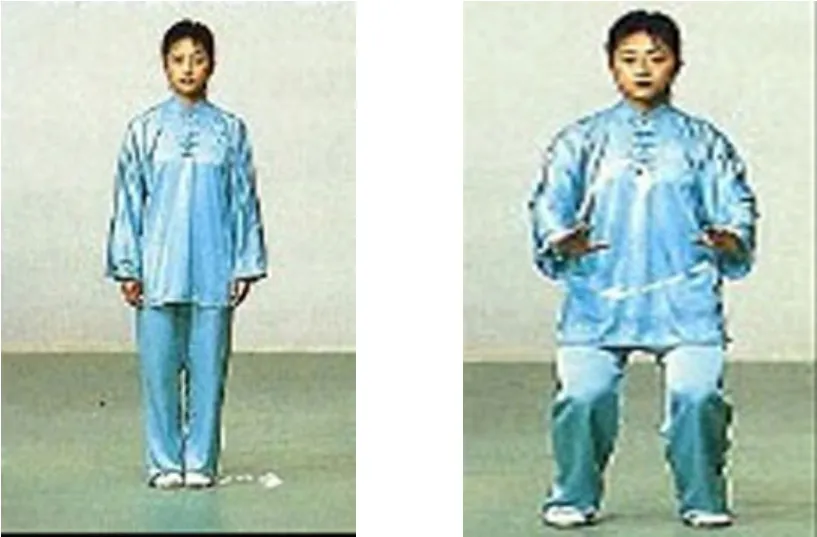
Figure 1. Commencing
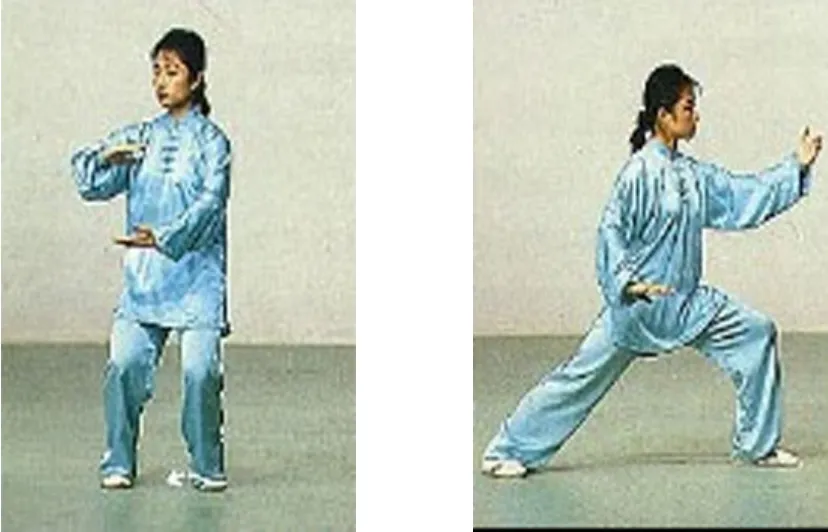
Figure 2. Part the wild horse's mane (left and right)
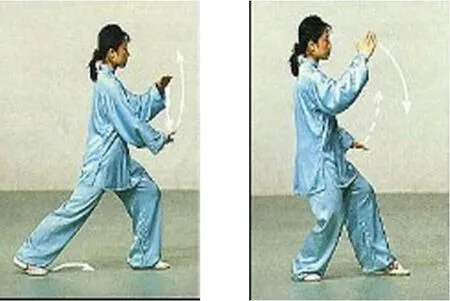
Figure 3. A white crane shows its wings
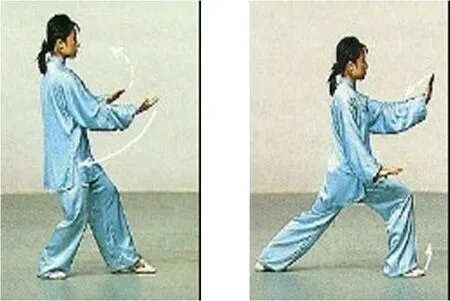
Figure 4. Brush knee and step forward (left and right)
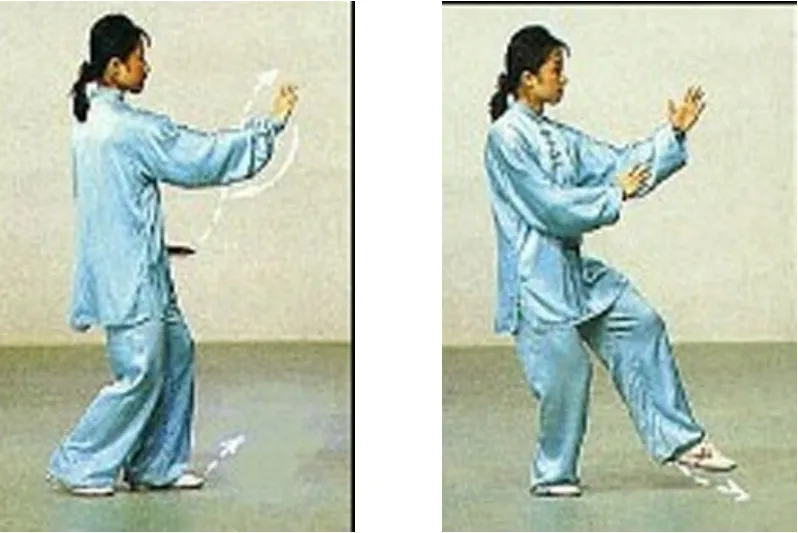
Figure 5. Playing the lute
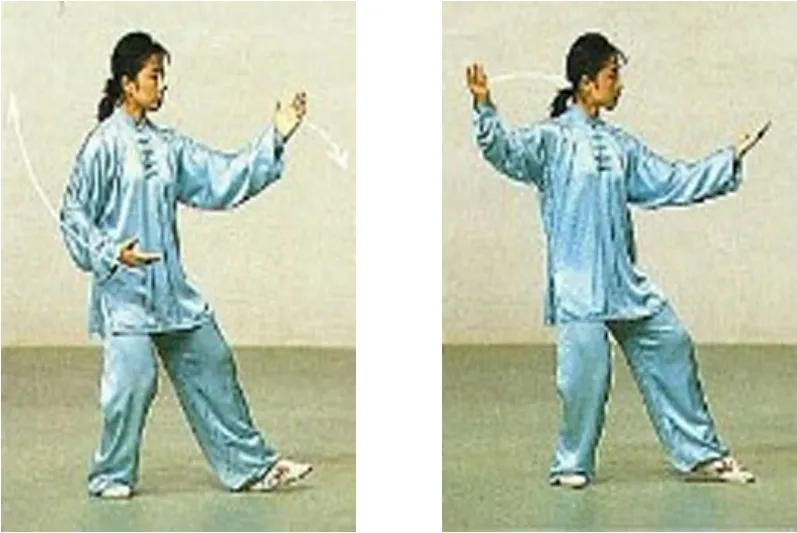
Figure 6. Reverse reeling forearm (left and right)
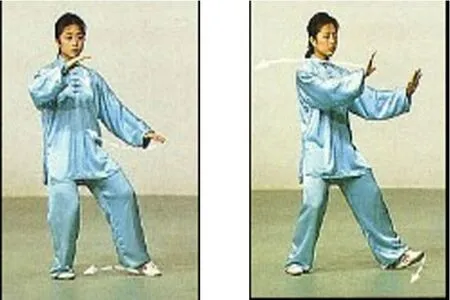
Figure 7. Left-grasp the sparrow's tail

Figure 8. Right-grasp the sparrow's tail
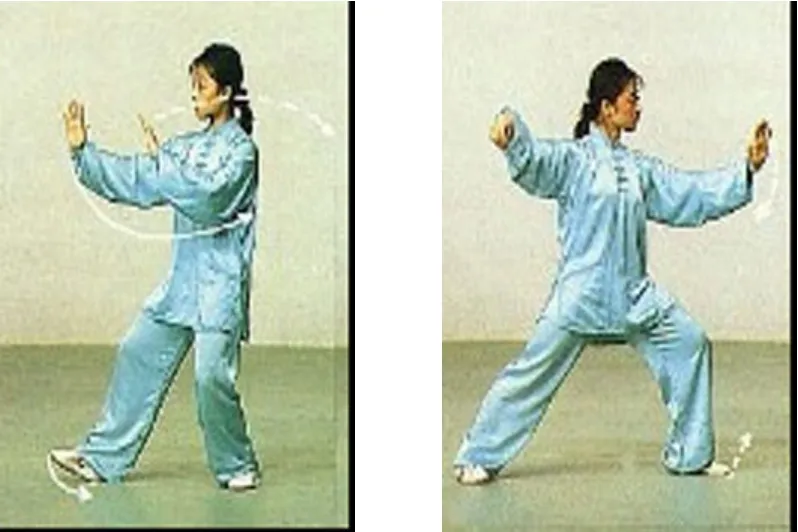
Figure 9. Single whip
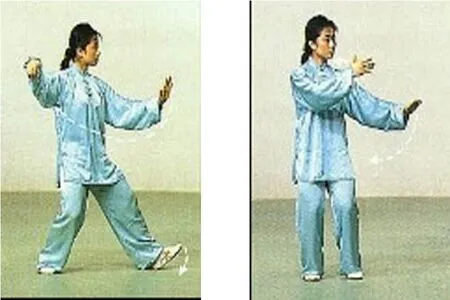
Figure 10. Wave hands like clouds
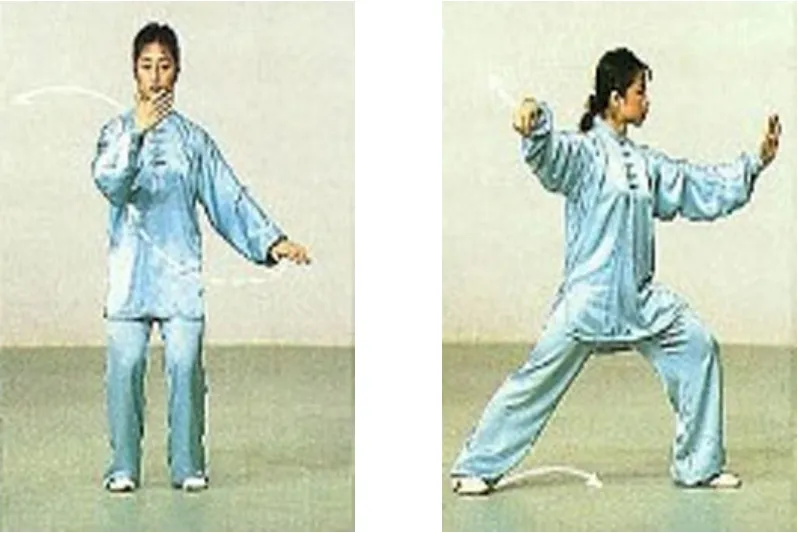
Figure 11. Single whip

Figure 12. High pat on horse

Figure 13. Kick with the right foot
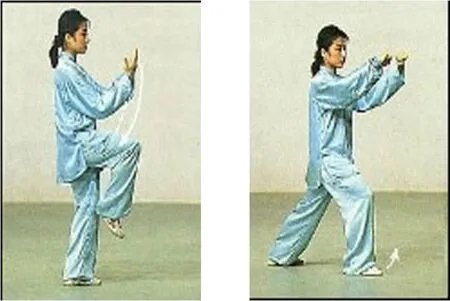
Figure 14. Strike to ears with both fists
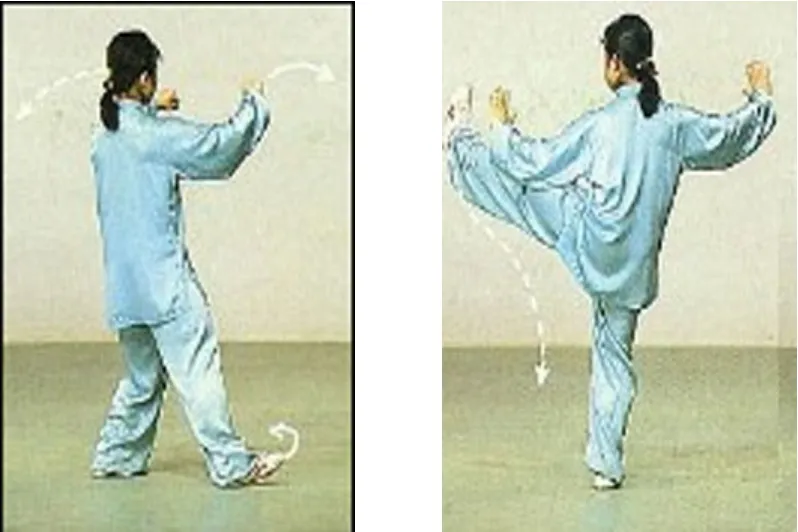
Figure 15. Turn body and kick with the left heel

Figure 16. Left lower body and then stand on one leg
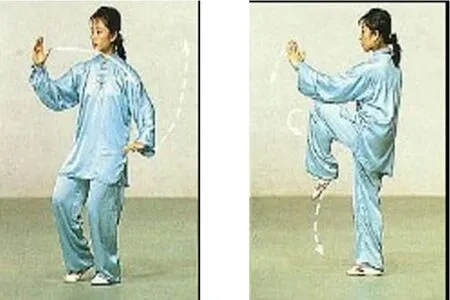
Figure 17. Right lower body and then stand on one leg
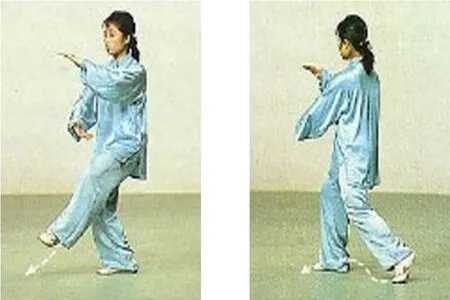
Figure 18. Shuttle back and forth (left and right)
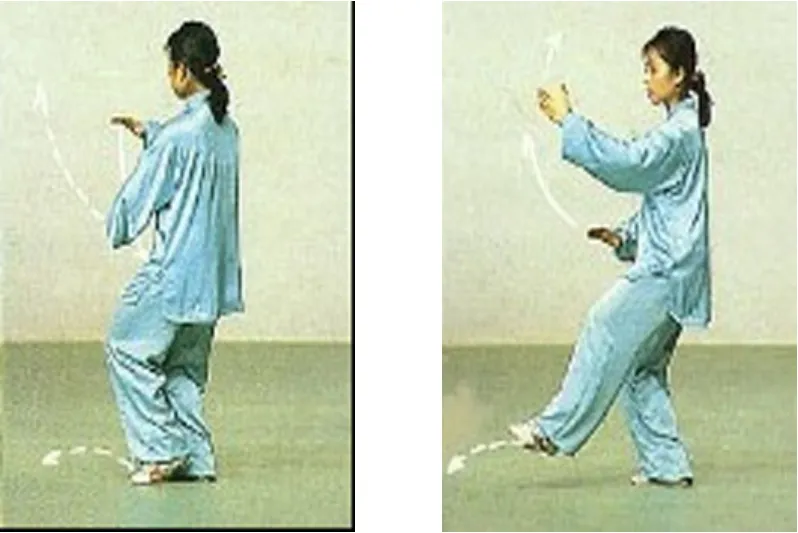
Figure 19. Needle at the bottom of sea

Figure 20. Fan through back

Figure 21. Turn body, deflect, parry, and punch
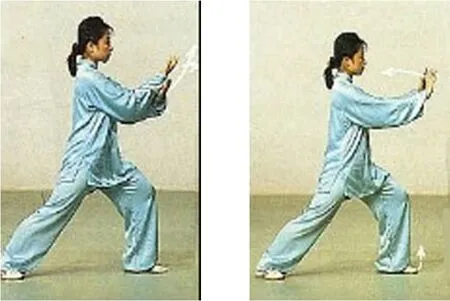
Figure 22. Appears closed
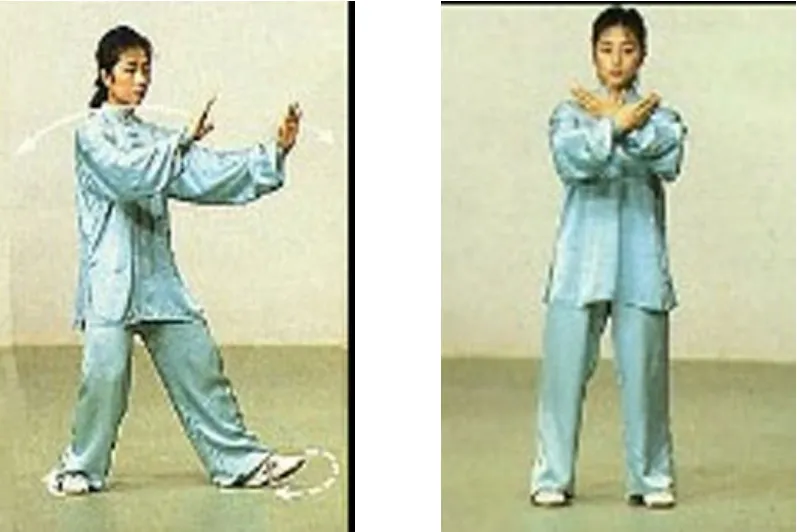
Figure 23. Cross hands
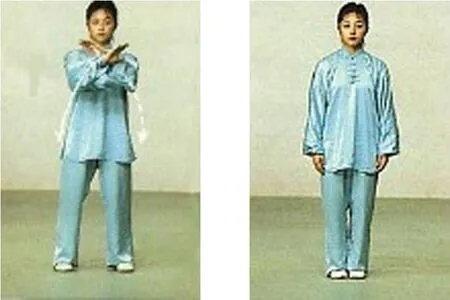
Figure 24. Closing
2.1.2 Auricular point sticking
Points: Shenmen (TF4), Sympathetic (AH6a), Heart (CO15), Liver (CO12), Kidney (CO10) and Central Rim (AT2, 3, 4i).
Methods: Use cowherb seeds for auricular points sticking. Press once a day, 30-60 s for each point and change once a day. Two ears were treated alternately. Five days constituted one treatment course. There was a 2-day interval between two courses. Patients were treated for eight courses.
2.2 Control group
Auricular point sticking was employed for patients in the control group, using the same points, method and treatment courses as the observation group.
3 Observation on Therapeutic Efficacy
3.1 Therapeutic efficacy criteria
This was made according to the therapeutic efficacy criteria for insomnia inDraft Criteria for Treatment Effect Evaluation of Mental Disorders[9].
Recovery: Patients restore to normal sleep or could have more than 6 h of sound refreshed sleep.
Marked effect: Patients have better sleep quality and the sleep time is increased by over 3 h.
Improvement: The sleep time is increased by less than 3 h.
Failure: Insomnia remains unchanged or becomes worse.
3.2 Results
The total effective rate in the observation group was 96.5%, versus 67.1% in the control group, showing a statistical difference (P<0.01) and indicating a better effect in the observation group (Table 2).

Table 2. Between-group comparison on therapeutic efficacy (case)
4 Discussion
According to Chinese medicine, all twelve regular meridians gather at the ears. As a result, stimulating specific ear points can activate meridians and harmonize yin and yang. Four ear points, namely Heart (CO15), Central Rim (AT2,3,4i), Liver (CO12) and Kidney (CO10) were employed in this study to tonify the heart and spleen and coordinate heart and kidney. A good mind-calming effect has been achieved[10-12].
As a part of traditional Chinese physical education, taijiquan can strengthen the body, benefit health and cultivate one’s character. This study used the simplified 24-form taijiquan as an intervention for insomnia in perimenopausal women. These 24 movements are easy to learn and practice. Studies have proven that taijiquan exercise can effectively alleviate perimenopausal symptoms. Insomnia and depressive symptoms had almost disappeared or alleviated after six months of practice[13]. Taijiquan exercise can inhibit most corticocerebral regions, help to avoid overexcitement and nervousness and alleviate restlessness, anxiety and stress, thus leading to a pleasant, relaxing and comfortable body-mind state and thus improving the sleep quality[13].
This study has suggested that taijiquan exercise combined with auricular point sticking should have accurate effect on perimenopausal insomnia, showing a better result than auricular point sticking alone, could avoid side effects of sleeping pills and achieve good therapeutic efficacy for insomnia.
Conflict of Interest
There was no conflict of interest in this article.
Acknowledgments
This work was supported by Zhejiang Provincial Scientific Research Project for Chinese Medicine (No. 2012ZB137).
Statement of Informed Consent
All the patients signed the informed consent.
[1] Ji H. Scoring of menopausal symptoms and influencing factors in patients with perimenopausal syndrome. Zhongguo Laonianxue Zazhi, 2013, 33(1): 159-160.
[2] Liu SL, Tian L. Community intervention on insomnia in patients with perimenopausal syndrome. Beijing Yixue, 2012, 34(11): 1017-1018.
[3] Liu JX, Li JS. Drug analysis and advantage of Chinese medicine for insomnia in the elderly. Zhongguo Laonianxue Zazhi, 2011, 31(17): 3433-3436.
[4] Le J, Xie F, Feng YJ. Obstetrics and Gynecology. Beijing: China Press of Traditional Chinese Medicine, 2003: 349-353.
[5] Zhou ZY. Chinese Internal Medicine. Beijing: China Press of Traditional Chinese Medicine, 2003: 320-321.
[6] Buysse DJ, Reynolds CF 3rd, Monk TH, Berman SR, Kupfer DJ. The Pittsburgh sleep quality index: a new instrument for psychiatric practice and research. Psychiatry Res, 1989, 28(2): 193-213.
[7] Cai ZL, Zhou ZH. Martial Arts. Beijing: Higher Education Press, 2000.
[8] Wang J. Study on innovative method of teaching 24-style taijiquan. Zhonghua Wushu: Yanjiu, 2011, 1(6): 41-42, 94.
[9] Wang YH. Practical Psychiatry in Chinese Medicine. Beijing: People’s Medical Publishing House, 2000: 89-90.
[10] Wang GL. Clinical observation on auricular point sticking for insomnia. Shanghai Zhenjiu Zazhi, 2012, 31(10): 725-726.
[11] Li JP, Zhang H, He PD. Efficacy observation on auricular point sticking combined with cupping in treating insomnia. J Acupunct Tuina Sci, 2013, 11(6): 331-335.
[12] Wang XY, Huo YF. Review of insomnia treated by auricular-sticking. Shanghai Zhenjiu Zazhi, 2007, 26(4): 47-48.
[13] Xu C. Taijiquan exercise on some physiological indices of menopausal women in the Changchun city. Master Thesis of Northeast Normal University, 2012.
Translator:Han Chou-ping
R246.6
: A
Date:November 25, 2013
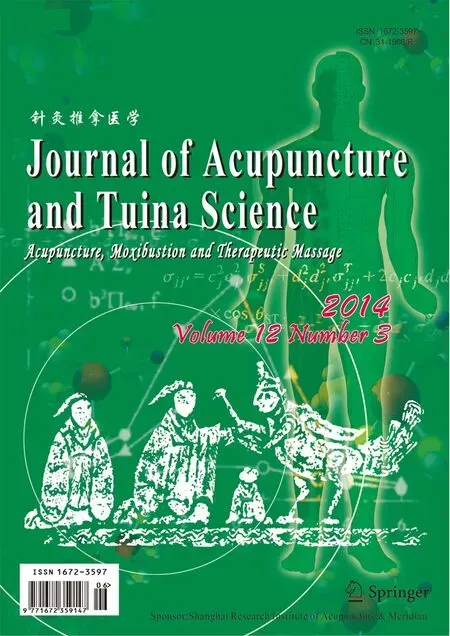 Journal of Acupuncture and Tuina Science2014年3期
Journal of Acupuncture and Tuina Science2014年3期
- Journal of Acupuncture and Tuina Science的其它文章
- Observation on Clinical Effects of Tuina plus Hot Compress for Infantile Diarrhea Due to Spleen-kidney Yang Deficiency
- Clinical Study on Fu’s Subcutaneous Needling with Laser for Postherpetic Neuralgia
- Clinical Study on Point Application Using Chinese Herbal Medicine for Pediatric Chronic Cough
- Therapeutic Effect Observation on Combining Electroacupuncture and Tuina for Migraine
- Blood Perfusion Effect of Acupuncture on Acute Facial Paralysis Observed by Laser Speckle Technique
- Therapeutic Efficacy of Tuina in Treating 48 Cases with Knee Osteoarthritis
